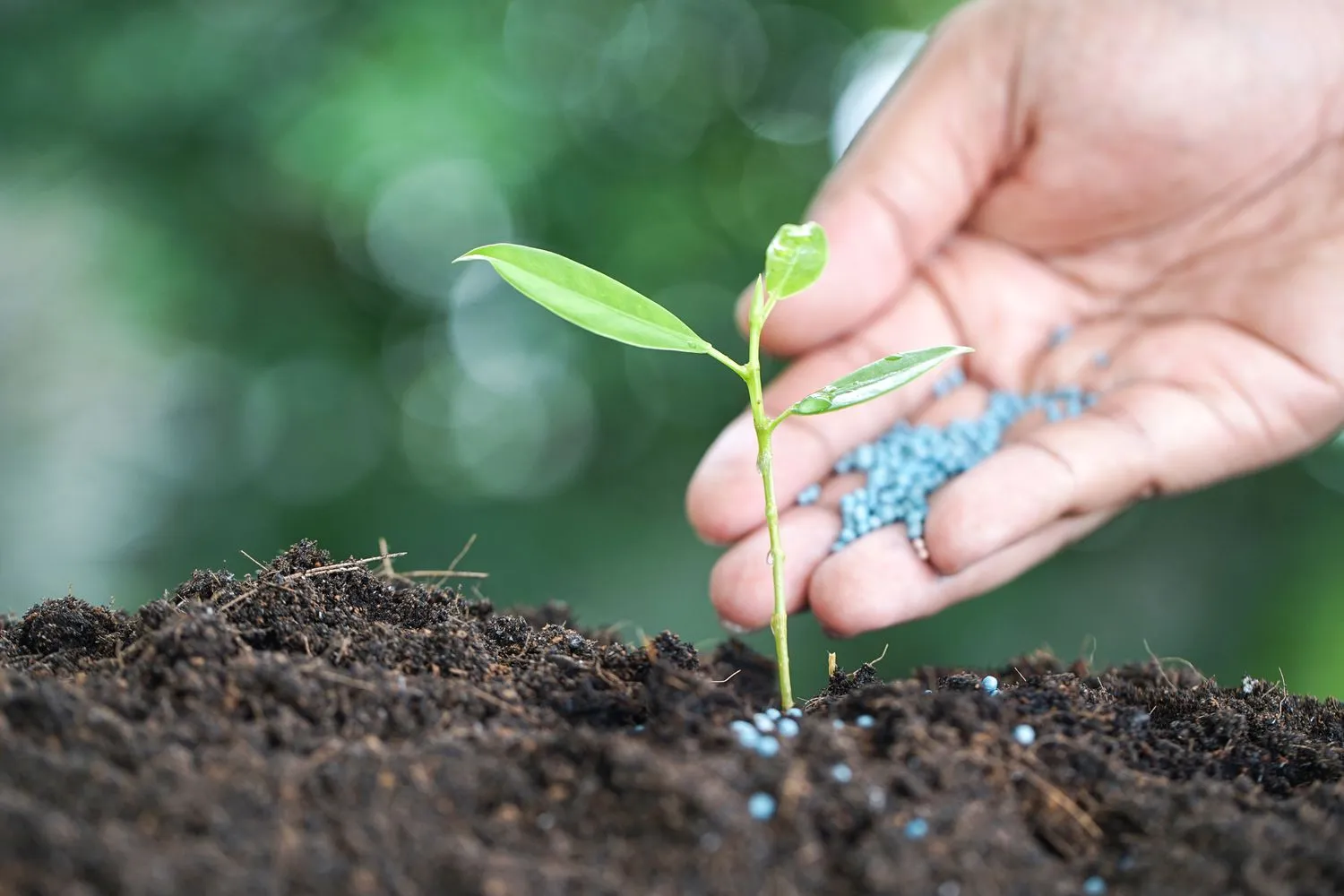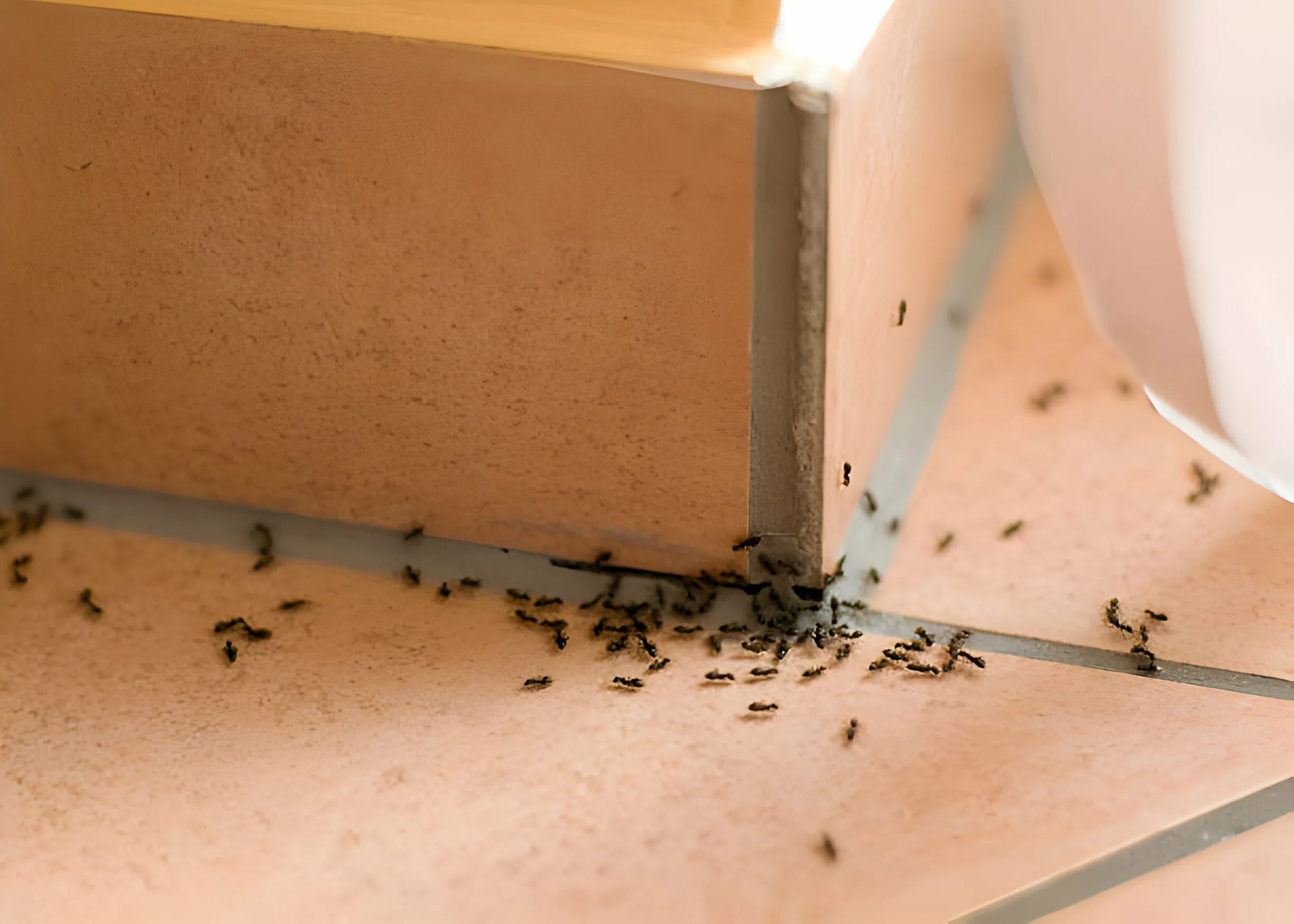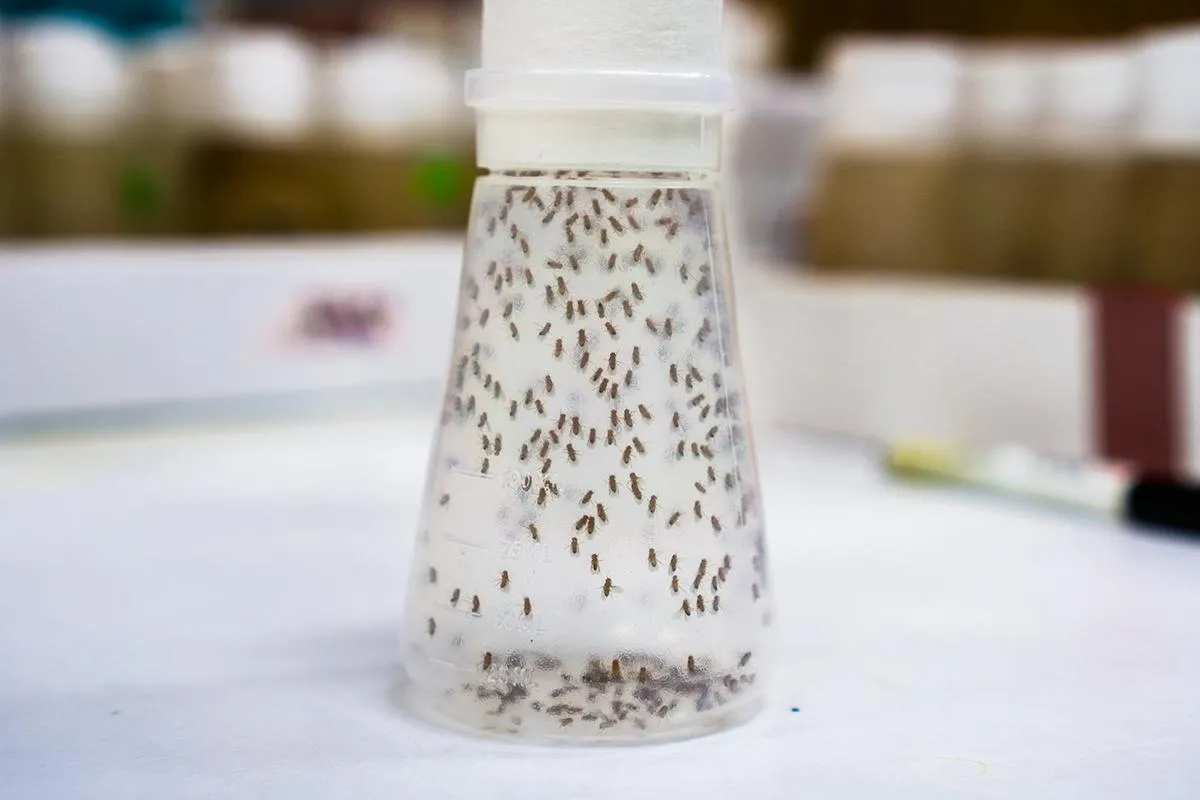It becomes quite difficult to establish which fertilizer you need because of innumerable combinations and ingredients. While you have likely seen the popular formula 10-10-10 fertilizer a million times on store shelves, what is it and what does it do?
The numbers 10-10-10 describe the amounts of nitrogen, phosphorus, and potassium in the formula; also known as NPK.
This means that 10% of both these entities are present. NPK is believed to be the basic nutrient that all plants need for them to grow and develop.
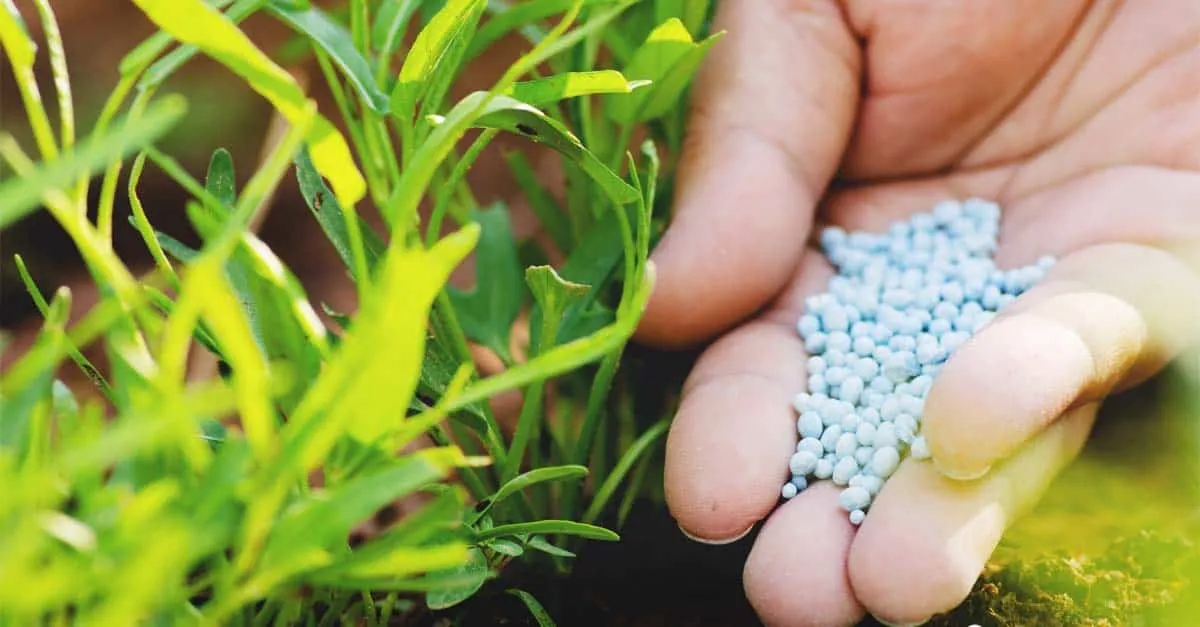
It is believed that the product contains all the balanced necessary elements for different plants and can be used in diverse environments.
Here, we shall discuss what it is, when to use and why you may consider putting it back on the shelf.
What is 10-10-10 Fertilizer?
Manufacturers produce different grades of fertilizers for various plant and grass species. These are prepared by using a minimum of two sources to make blends.
Such products are known as “mixed fertilizers”. There are also others, such as liquid nitrogen or sodium nitrate, which only include one major nutrient.
Lawns primarily need three nutrients: NPK (nitrogen, phosphorus, and potassium). So, you can calculate the number of pounds of a nutrient in a 50 lb bag of fertilizer labeled 10 –10-1 s by simply multiplying 5o with Oron.
The amount of N, P, and K will be 5 pounds in this bag along with the filler such as sand or crushed limestone.
Different lawn mixes, such as 10-10-10 fertilizer combined with 5-10-5, 5-10-10, and 8-0-24, are advised by experts. An all-purpose fertilizer mix that is also used for plants is called 10-10-10.
It is best to have your soil tested first if you are unsure about which fertilizer to use. These kits are available at garden and home stores, or you can get a test from a state soil testing laboratory.
How to Fertilize a Lawn
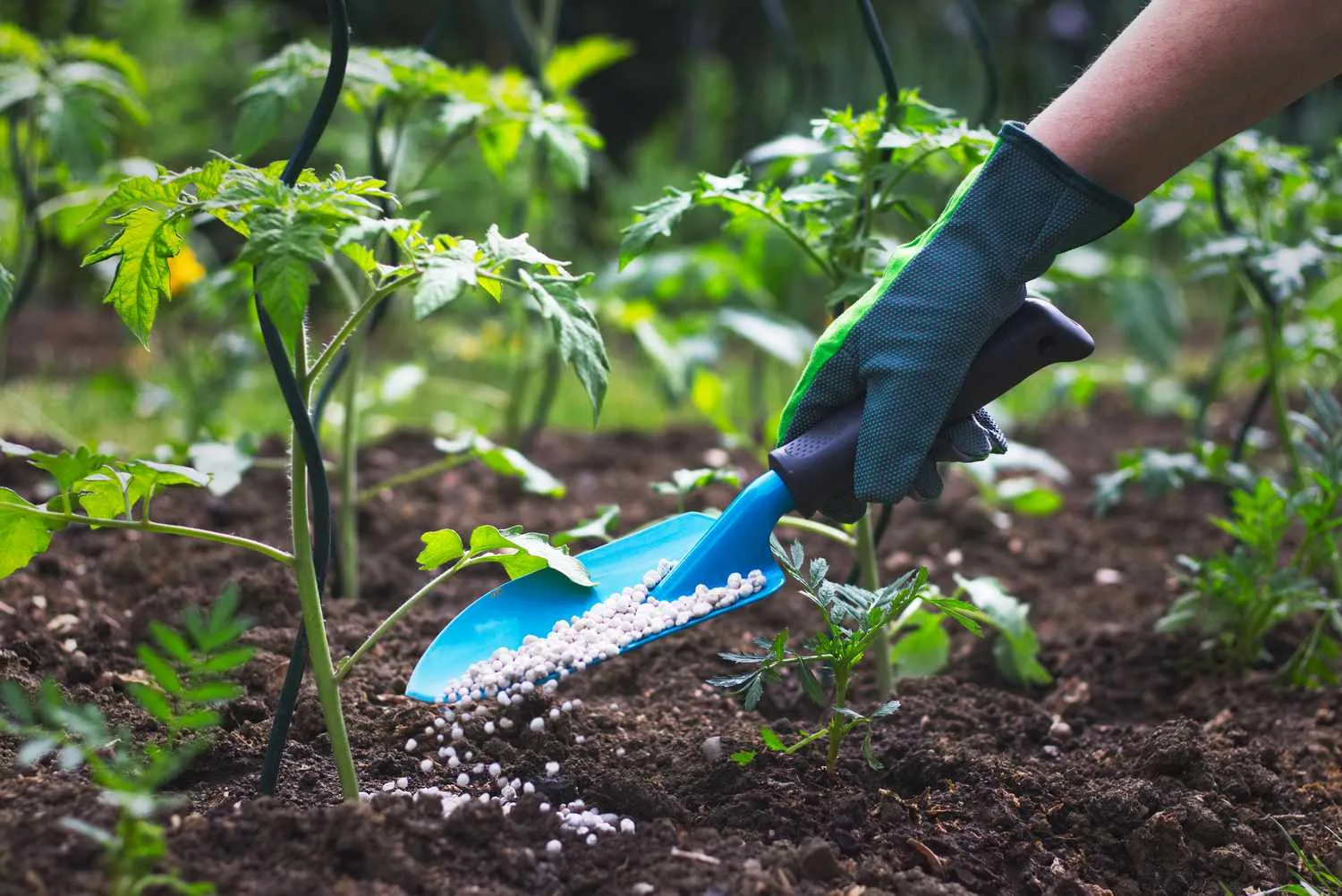
There are various types of fertilizer spreaders available for selection when thinking about how to fertilize your lawn, including battery-powered, handheld, rotary, and broadcast spreaders.
Large lawns benefit from broadcast/rotary spreaders, while drop spreaders provide more precisely controlled fertilizer application.
Both handheld broadcast spreaders and battery-operated, pre-calibrated handheld spreaders work well on smaller lawns.
Before applying fertilizer, make sure you follow the instructions on the container carefully and give your grass a thorough watering one or two days in advance.
Reapply the fertilizer and give the area a light second watering.
Perhaps you could time it so that it rains before or after fertilizing, but never fertilize right before or right after a heavy rain is predicted as that will just wash everything away.
It’s also not a good idea to fertilize when there is a drought and the grass is brown and dying.
Advantages of 10-10-10 Fertilizer
1. Its ease of use is by far its greatest benefit.
2. You don’t need to consider what nutrients your plants require. Scatter the 10-10-10 all around them. Plants can easily absorb it and it decomposes fast.
Disadvantages of 10-10-10 Fertilizer
Advertisers will tell you that all-purpose fertilizers are the best option available, but they’re not always as good as they seem.
Any inorganic fertilizer has the potential to crust over the soil instead of penetrating deeply into the roots, which is a drawback.
Additionally, they only offer a short-term nutrient fix rather than long-term soil enrichment. These are some additional problems related to fertilizer 10-10-10.
1. Excessive Nutrients
You could end up over-fertilizing your plants with nitrogen when you use this kind of fertilizer. Fruiting may decrease but leaf production may increase.
This is a common occurrence with tomatoes. Excessive nitrogen can also promote spindly, quick growth, which makes the plant more susceptible to disease.
2. Dangerous Chemicals
The warning labels on the bag indicate that 10-10-10 fertilizers contain caustic chemicals, whereas natural fertilizers do not.
Complete fertilizers contain certain chemicals that are bad for human health. It is advised that you wear protective clothing when applying fertilizer. It’s also not appropriate to use them around kids.
3. Nitrogen Runoff
Naturally, 10-10-10 fertilizer has a high nitrogen content of 10%. Your streams and ponds may become contaminated by this nitrogen eroding during the spring rains.
There are often warnings on fertilizer bags stating that the product is toxic to fish and invertebrates.
This could indicate that you’re eradicating other microorganisms and your earthworms. That is not productive for any organic farmer.
4. Salt
A significant amount of salt is also a component of inorganic formulas. The salts in your soil can accumulate. The salts we use to season our French fries are not the same as fertilizer salts.
Salts—which are present in complete fertilizer mixes—are inorganic minerals that dissolve in water. Ammonium nitrate, calcium chloride, and potassium sulfate are a few examples.
What are the Various Fertilizer Alternatives?
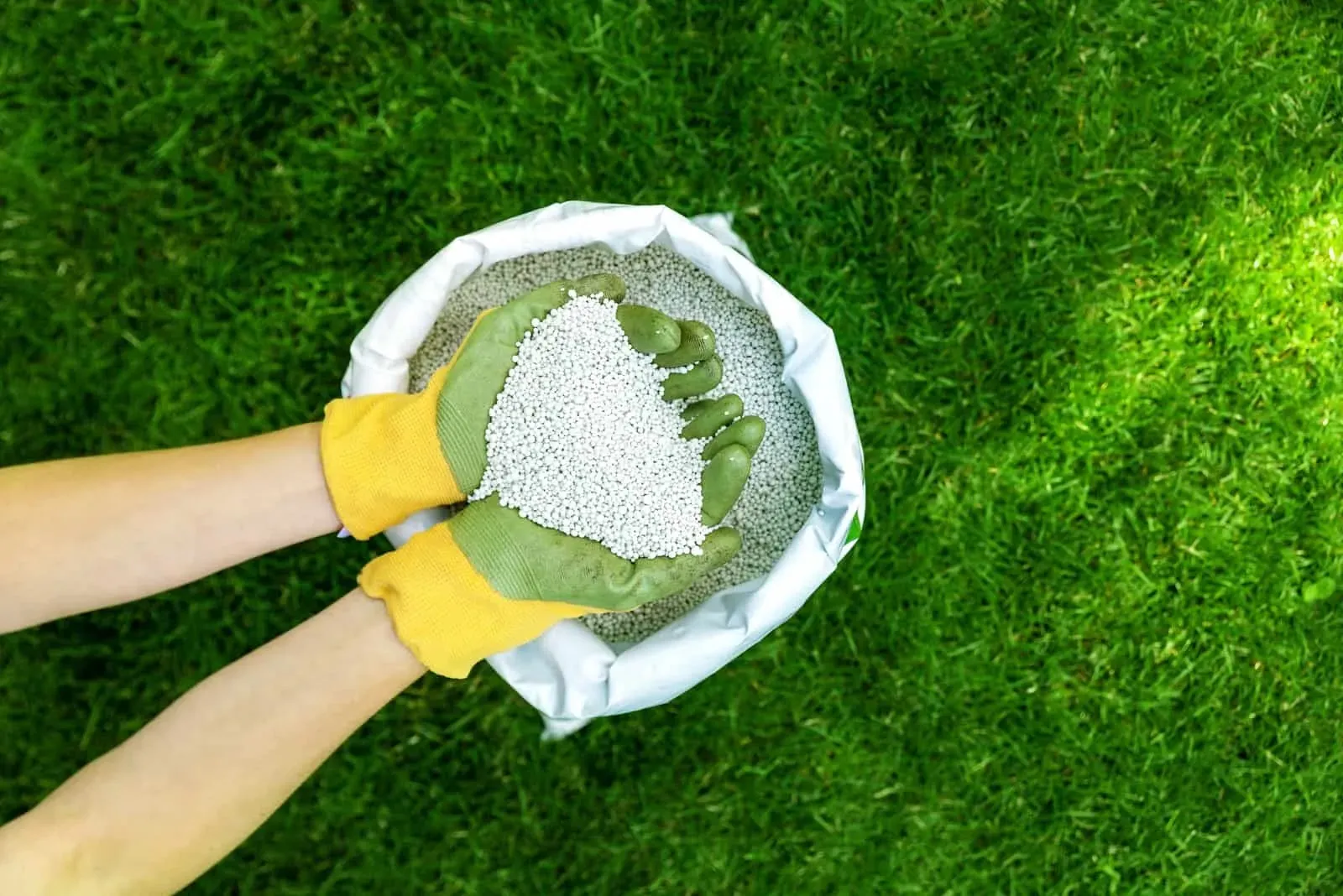
Organic fertilizers, as opposed to synthetic ones, are derived from naturally occurring materials like compost, manure, blood meal, greensand, and bone meal.
The disadvantage is that the nutrient concentrations in organic fertilizers are lower. On the other hand, they enrich the soil and give microbes nourishment.
Your plants benefit from these soil microbes because they aid in nutrient absorption and disease resistance.
Interestingly, government regulations only consider N, P, and K levels when determining whether a product qualifies as fertilizer. Holistic gardeners are aware that plants require roughly 70 different nutrients to be healthy.
As a result, several substances that we would normally consider organic fertilizers are classified as supplements.
Though both can help your plants and soil stay healthier, compost and kelp are just two examples.
Nitrogen is present in 10-10-10 fertilizer, so after using it, you must carefully control runoff. One of the main contributors to water pollution is nitrogen from chemical fertilizers.
Be sure to inquire about the regulations about runoff entering the city sewers from the local municipality.
Rain carries it into drainage systems and eventually into big bodies of water by washing it off of lawns, gardens, and farms.
